
Kód: 05055627
view to a kill
Autor G.L. Dusseldorp
The sophistication of Neanderthal behavioural strategies have been the subject of debate from the moment of their recognition as a separate species of hominin in 1856. This book presents a study on Neanderthal foraging prowess. No ... celý popis
- Jazyk:
 Angličtina
Angličtina - Väzba: Brožovaná
- Počet strán: 200
Nakladateľ: Sidestone Press, 2008
- Viac informácií o knihe

Mohlo by sa vám tiež páčiť
-

Teaching Ethics and Values in Public Administration Programs
52.46 € -

Throwing The Emperor From His Horse
76.90 € -
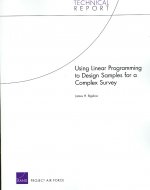
Using Linear Programming to Design Samples for a Complex Survey
22.78 € -

Einbindung sozialer Netzwerke in die Datenanreicherung und -gewinnung im CRM
58.41 € -

Sonata, für 2 Gitarren
18.57 € -8 % -

Reviews of Physiology, Biochemistry and Pharmacology
139.94 €
Darujte túto knihu ešte dnes
- Objednajte knihu a vyberte Zaslať ako darček.
- Obratom obdržíte darovací poukaz na knihu, ktorý môžete ihneď odovzdať obdarovanému.
- Knihu zašleme na adresu obdarovaného, o nič sa nestaráte.
Viac informácií o knihe view to a kill
Nákupom získate 80 bodov
 Anotácia knihy
Anotácia knihy
The sophistication of Neanderthal behavioural strategies have been the subject of debate from the moment of their recognition as a separate species of hominin in 1856. This book presents a study on Neanderthal foraging prowess. Novel ethnographic and primatological insights, suggest that increasing dependence on high quality foods, such as meat, caused the brain to evolve to a large size and thus led to highly intelligent hominins. From this baseline, the author studies the Neanderthal archaeological record in order to gain insight into the knowledge-intensity of Neanderthal hunting behaviour. In this research, an optimal foraging perspective is applied to Pleistocene bone assemblages. According to this perspective, foraging success is an important factor in an individuals evolutionary fitness. Therefore foraging is organised as efficiently as possible. The prey species that were selected and hunted by Neanderthals are analysed. The author investigates economic considerations that influenced Neanderthal prey choice. These considerations are based on estimates of the population densities of the available prey species and on estimates of the relative difficulty of hunting those species. The results demonstrate that when Neanderthals operated within poor environments, their prey choice was constrained: they were not able to hunt species living in large herds. In these environments, solitary species were the preferred prey. It is striking that Neanderthals successfully focussed on the largest and most dangerous species in poor environments. However, in richer environments, these constraints were lifted and species living in herds were successfully exploited. In order to assess the accuracy of this approach, bone assemblages formed by cave hyenas are also analysed. The combined results of the Neanderthal and hyena analyses show that an optimal foraging perspective provides a powerful tool to increase our understanding of Pleistocene ecology. The niches of two social carnivores of similar size, which were seemingly similar, are successfully distinguished. This result lends extra credence to the conclusions regarding Neanderthal foraging strategies. This book contributes to the debate surrounding Neanderthal competence and ability. It combines an up-to-date review of current knowledge on Neanderthal biology and archaeology, with novel approaches to the archaeological record. It is thus an important contribution to the current knowledge of this enigmatic species.
 Parametre knihy
Parametre knihy
Zaradenie knihy Knihy po anglicky Humanities Archaeology Archaeology by period / region
32.54 €
- Celý názov: view to a kill
- Autor: G.L. Dusseldorp
- Jazyk:
 Angličtina
Angličtina - Väzba: Brožovaná
- Počet strán: 200
- EAN: 9789088900204
- ID: 05055627
- Nakladateľ: Sidestone Press
- Hmotnosť: 598 g
- Rozmery: 207 × 292 × 12 mm
- Dátum vydania: 01. December 2008
Obľúbené z iného súdka
-
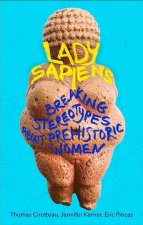
Lady Sapiens
17.24 € -8 % -
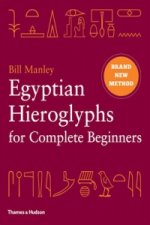
Egyptian Hieroglyphs for Complete Beginners
16.52 € -12 % -
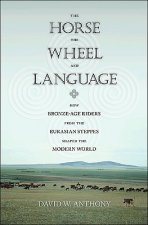
Horse, the Wheel, and Language
30.38 € -4 % -
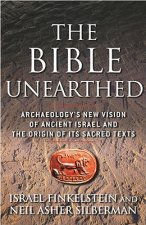
Bible Unearthed
21.96 € -

Seismosaurus
116.43 € -

Scenes from Prehistoric Life
27.71 € -22 % -
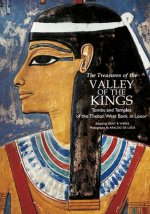
Treasures of the Valley of the Kings
33.36 € -8 % -
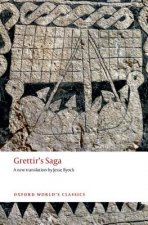
Grettir's Saga
17.24 € -19 % -
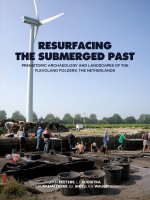
Resurfacing the Submerged Past
55.95 € -25 % -

Omm Sety's Abydos
21.86 € -

Ancient Nubia
74.74 € -2 % -
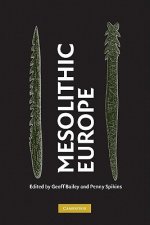
Mesolithic Europe
154.73 € -

American Beginnings
85.93 € -
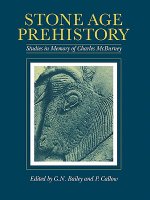
Stone Age Prehistory
53.18 € -

Lost Technologies of Ancient Egypt
22.27 € -16 % -

Petra
9.03 € -23 % -

War before Civilization
23.91 € -

Magicians of the Gods
14.98 € -12 % -

Cat in Ancient Egypt
12.31 € -23 % -
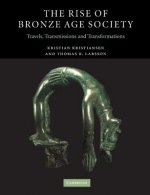
Rise of Bronze Age Society
86.44 € -
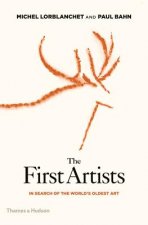
First Artists
21.96 € -23 % -
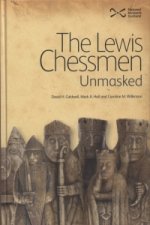
Lewis Chessmen: Unmasked
10.05 € -14 % -

Biblical Archaeology: A Very Short Introduction
10.16 € -22 % -
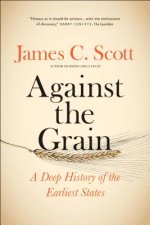
Against the Grain
20.22 € -13 % -

Dress Accessories, c. 1150- c. 1450
36.44 € -14 % -

Complete Pompeii
22.07 € -23 % -
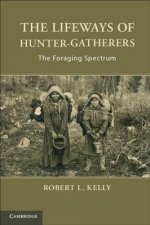
Lifeways of Hunter-Gatherers
34.59 € -16 % -

Divine Creatures
25.97 € -1 % -

Houses and Monuments of Pompeii - The Work of Fausto and Felice Niccolini
80.90 € -9 % -
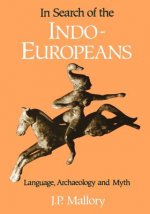
In Search of the Indo-Europeans
31.51 € -12 % -

Book of Enoch
34.70 € -4 % -
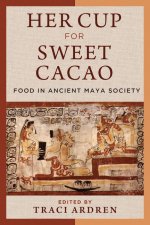
Her Cup for Sweet Cacao
67.76 € -10 % -
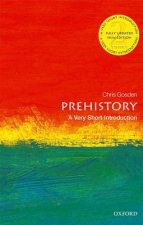
Prehistory: A Very Short Introduction
11.59 € -12 % -

Salt in Prehistoric Europe
37.78 € -
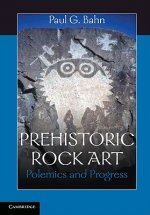
Prehistoric Rock Art
34.59 € -15 % -

Medieval Household
58.93 € -3 % -

Complete Cities of Ancient Egypt
31 € -13 % -
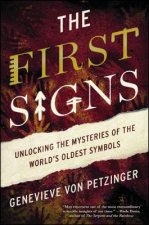
First Signs
16.21 € -21 % -
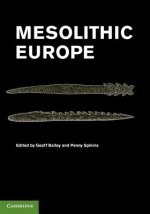
Mesolithic Europe
75.66 € -
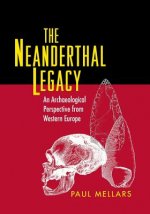
Neanderthal Legacy
60.36 € -
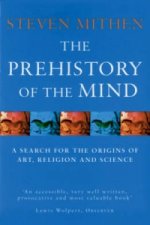
Prehistory Of The Mind
16.62 € -23 % -
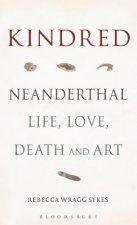
Kindred
23.30 € -21 % -
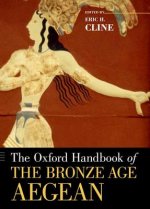
Oxford Handbook of the Bronze Age Aegean
79.26 € -

Aegean Art and Architecture
25.35 € -18 % -
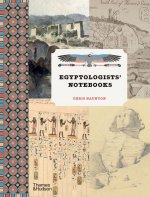
Egyptologists' Notebooks
35.11 € -23 % -

Religion and Ritual in Ancient Egypt
34.80 € -3 % -

Fossil Hunter
17.34 € -18 % -

Sutton Hoo Helmet
6.87 € -23 % -
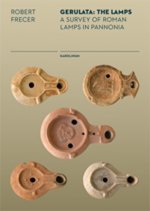
Gerulata: The Lamps
23.81 € -2 %
Osobný odber Bratislava a 2642 dalších
Copyright ©2008-24 najlacnejsie-knihy.sk Všetky práva vyhradenéSúkromieCookies



 21 miliónov titulov
21 miliónov titulov Vrátenie do mesiaca
Vrátenie do mesiaca 02/210 210 99 (8-15.30h)
02/210 210 99 (8-15.30h)